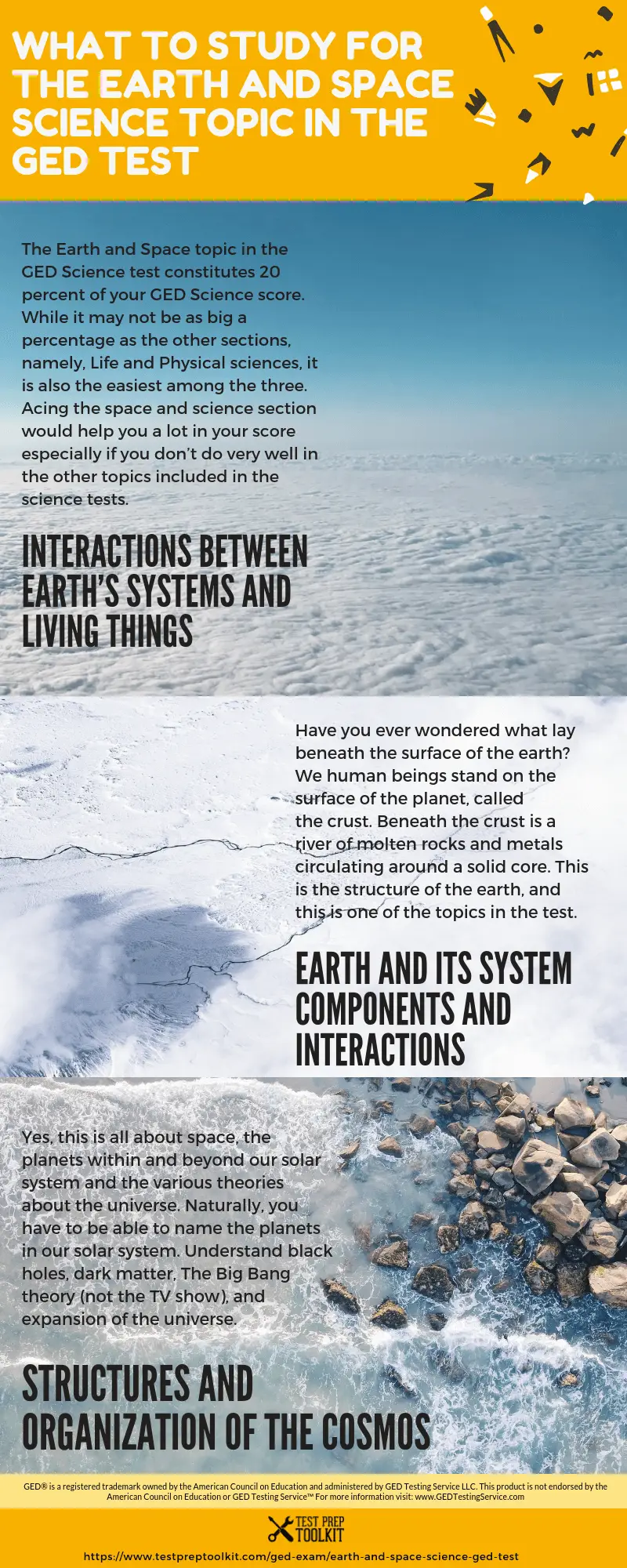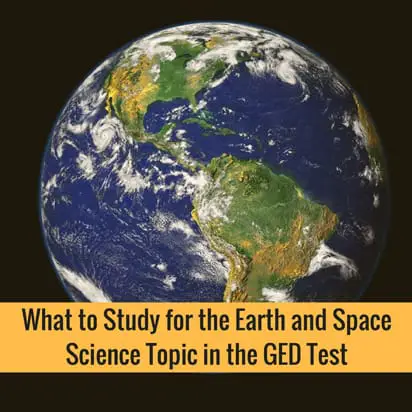The Earth and Space topic in the GED Science test constitutes 20 percent of your GED Science score. While it may not be as big a percentage as the other sections, namely, Life and Physical sciences, it is also the easiest among the three. Acing the space and science section would help you a lot in your score especially if you don’t do very well in the other topics included in the science tests. When it comes to the GED test, you would need every single score you could get to ensure you pass. You may be asking what specific topics you need to study for Earth and Space Science.
Our GED®Science Practice test will help you pass faster Check HERE
Here are the specific topics to review:
Interactions Between Earth’s Systems and Living Things
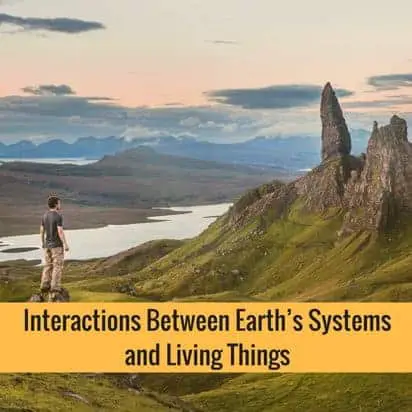
Every single day you wake up, you check the weather. Is it sunny, rainy, cloudy or windy today? You hear in the news about earthquakes and volcanic eruptions that destroy forests and leave wild animals and even some humans homeless. You know about droughts that cause famine in different parts of the world. Every day, you are reminded that living things on this planet are constantly at the mercy of the systems that govern the planet. The water cycle brings the rain. The circulation of the magma below the earth’s crust causes earthquakes. The interaction of the cold and hot wind in the ocean causes typhoons.
Study about the planet, from the core, which is in the center of the earth to the stratosphere up above. Learn about the tides, erosion and all the cycles you can find such as the water cycle, nitrogen cycle, and carbon cycle. Also, brush up on knowledge about fossil fuels, natural hazards and their effects on living things. Familiarize yourself with renewable and nonrenewable resources too because there is a big chance they’d be on the test.
Related Topic: GED 101: 2021 GED Study Guide, GED Classes for GED Exam – 1 Stop GED Programs Guide
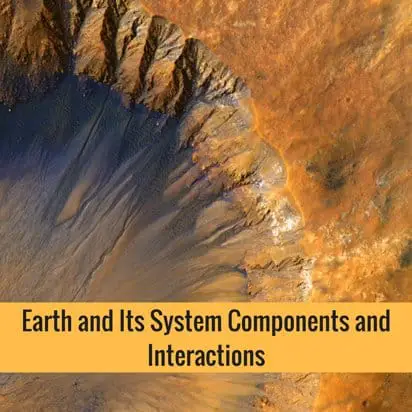
Have you ever wondered what lay beneath the surface of the earth? We human beings stand on the surface of the planet, called the crust. Beneath the crust is a river of molten rocks and metals circulating around a solid core. This is the structure of the earth, and this is one of the topics in the test. For this portion of the test, you must study about plate tectonics, the structure of the earth geological cycles and processes, and how each of these interact with each other and its effect on the living things on this planet.
Related Topic: Free GED Practice Tests
Structures and Organization of the Cosmos
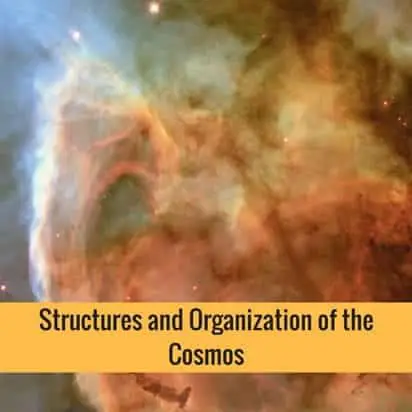
Yes, this is all about space, the planets within and beyond our solar system and the various theories about the universe. Naturally, you have to be able to name the planets in our solar system. Understand black holes, dark matter, The Big Bang theory (not the TV show), and expansion of the universe. You may also have to understand some terms like light years, galaxy clusters and a whole lot of interesting topics.
Earth and Space Science is an interesting topic, and you might find yourself enjoying while studying it. Don’t worry though if you can’t memorize many of the things you learned because most of the test gives you a paragraph or two to read and you will base your answers on that paragraph. Nevertheless, it would help you a lot of you are familiar with the topics presented here.
Sign up for GED science online lessons to understand science concepts quickly. Then test yourself by answering GED practice tests.
Related Topics:
- Solving Linear Expressions Part 8
- GED Math
- GED Science Study Guide
- GED Social Studies Prep Guide
- GED Reasoning through Language Arts Guide
- GED Science Practice Test
- GED Science Practice Test 1
- GED Science Practice Questions | GED Study Guide
